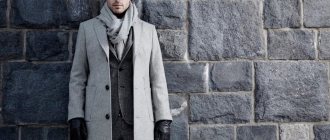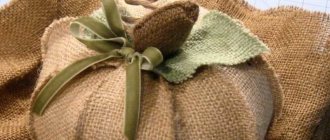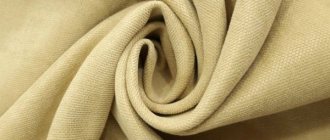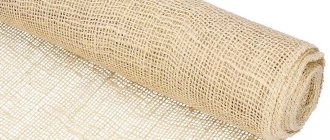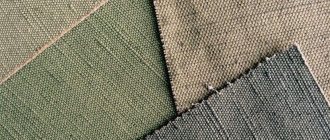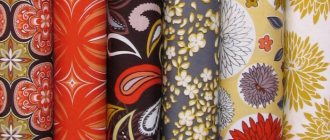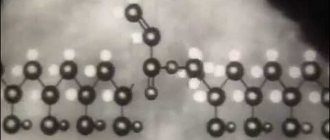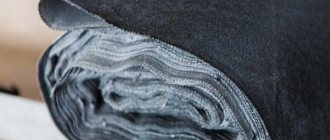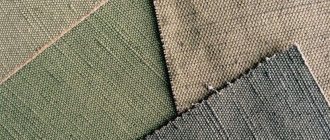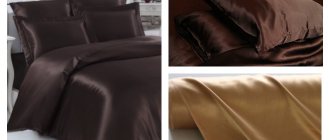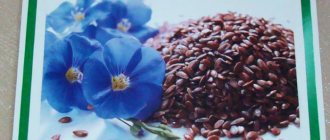Home / Fillers
Back
Published: 07/06/2021
Reading time: 2 min
0
8
Water-repellent fabric is a real salvation from any bad weather. When waterproof fabric appears, even the heaviest rain does not cause much trouble. Waterproof raincoats and protective canopies over gazebos are made either from hydrophobic material, or the fabric is treated with a special impregnation.
- 1 Types of fabrics and protective treatments
- 2 Names and purpose of materials 2.1 For outdoor furniture and shades
- 2.2 For clothes
- 2.3 For waterproof covers
Types of fabrics and protective treatments
Water-repellent fabric is used in the production of outerwear, shades for gazebos, and covers. For production, synthetic fibers of polyester, nylon, and other types of chemical materials are used. In home use, cotton and linen are more common.
Important! During production, they use the twill weaving technique, as a result of which drops of liquid flow down the fabric without penetrating inside.
Waterproof fabrics differ in properties and characteristics.
| View | Description |
| Impregnated | The water-repellent properties of the fabric are given by hydrophobic impregnations, which are based on polymers; the inside of the clothes is covered with a thin layer of polyurethane and latex. Such raincoats not only have moisture-repellent properties, but also prevent wind from blowing through. |
| Rubberized | A layer of rubber mixed with gasoline is applied to the material; the thickness of such impregnation does not exceed a few millimeters. During further processing of the canvas, it is heated, which leads to the evaporation of gasoline. This is followed by sulfur treatment, which turns the rubber into a dense, durable, waterproof material. |
| Membrane | Waterproof fabric, in the production of which film technology is used. A thin film is attached to ordinary fabric; it prevents moisture from penetrating inside, but does not prevent evaporation. The material is called “breathable”. They have two layers, the water-repellent one is on the inside. There are more complex membrane fabrics connected by lamination. They have a high price compared to other types, but are lighter and non-flammable material. |
Due to the presence of solvents in the impregnation composition, the material may have an unpleasant odor, be flammable, and be harmful to the environment.
Water-based impregnations are odorless, do not harm the environment, and contain silicones.
Tips for working with adhesive materials:
- Before gluing the entire part, perform a mini-test on a small piece of the main fabric. This will allow you to find out what density the part will acquire as a result of duplication and will give you an understanding of whether the adhesive has been chosen correctly.
- As you work, be sure to make sure that the adhesive side of the pad is facing the wrong side of the piece and not the sole of the iron. All adhesive pads other than the specific part should not remain on the work surface and should be removed.
- When working with adhesive materials, use an ironing iron. This will prevent traces of glue from appearing on the iron and ironing board.
Our online store offers a wide range of adhesive gasket materials of different densities, widths, and with different characteristics. After studying this section of our catalog, you will definitely choose the right adhesive to bring your creative ideas to life!
Names and purpose of materials
Fabric with a waterproof coating has a wide range of applications. This treatment of materials not only repels moisture, but also protects against dirt, which makes it faster and easier to clean objects.
For outdoor furniture and shades
For these purposes, canvases from the following materials are used:
- Polyester;
- Nylon;
- Oxford;
- Taffet;
- Cordura;
- Lavsan.
Fabrics with a waterproof coating are easy to care for, look decent, have high strength, and are resistant to heat from sunlight and frost. New processing technologies prevent the formation and development of mold.
Lavsan is a rough material, does not allow air to pass through well, and is highly electrified. Cotton awnings are safe, inexpensive, and are used to make fire-resistant tarpaulins and tent covers for tourist equipment.
For clothes
Waterproof clothing is produced for sports, active recreation, and tourism. Lightweight jogging jackets can protect against dampness, drizzle, and fog while exercising outdoors. Membrane equipment copes with the worst weather, heavy rainfall, frosty winds.
The textile industry uses polyester with additional impregnation. Oxford is common.
For waterproof covers
Oxford and Jordan are used more often. Their surface is thick, has a shine, pleasant tactile properties, and retains its shape well. This cover is resistant to any type of contamination and mechanical stress. Cheap, lightweight, has a high degree of elasticity, and does not deform after washing.
What is the function of adhesive materials?
The main functions of adhesive-based gaskets are:
- Increasing the dimensional stability of various parts of a product in order to set and maintain its shape. In this way, you can iron lapels, collars, cuffs, fronts and edges of coats, blazers, and shirts.
- Increasing the wear resistance of parts cuts. Neck sections, pocket entrances, trims on blouses and shirts, facings are subject to special stress during wear, and therefore it is necessary to strengthen their resistance to mechanical damage and glue the base fabric with an additional layer.
Modern seamstresses more often use adhesive than non-adhesive interlining materials during duplication. It is much easier to glue a duplicate layer of fabric that has an adhesive side! Hot-melt adhesive on top and bottom, or only on one side, has a layer of special glue that can be distributed over the surface pointwise or completely.
There are three types of base for applying glue: woven fabric, non-woven material and knitwear. What are their features?
- Adhesive on a woven basis (also called thermal fabric) has an important difference, which must be taken into account when cutting the product - it has a grain thread.
- A non-woven base is a pressed mixture of synthetic fibers without a pronounced fractional direction.
- Adhesive on knitwear is mainly used for knitted products; it allows you not only to perform the main task of duplicating, but also to maintain the stretchability of the materials.
Pros and cons of products
Sportswear, covers, and travel equipment are designed to protect against rain, snow, dampness, and dirt. The material is able to retain heat, which allows you to feel more comfortable even in the most severe bad weather.
Author:
Anastasia Kukushkina
I hope you enjoy the article I have prepared for you! If you find errors in it, write to me about it! I will answer any questions you have, ask them!
